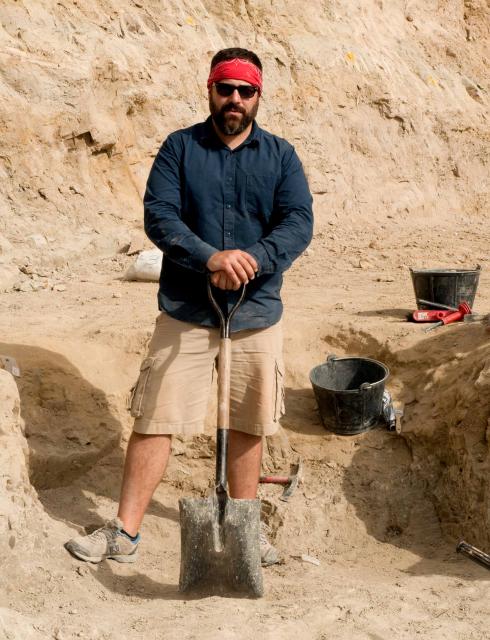 Sergio Almécija
Sergio Almécija
Researcher
Education and Past Positions
Postdoctoral Fellow, American Museum of Natural History and NYCEP, 2010-2012
PhD in Biological Anthropology, Institut Català de Paleontolgia Miquel Crusafont, Universitat Autònoma de Barcelona and Universitat of Barcelona, 2009
Email
sergio.almecija@stonybrook.edu
Links
Google Scholar profile
Academia.edu profile
Dr. Sergio Almécija is a paleoanthropologist interested in the evolution of apes and humans. His research focuses on the morphological changes that occurred in the skeleton of the earliest members of the great ape (chimpanzees, gorillas and orangutans) and human family. Extant apes, including the Asian hylobatids (the "lesser apes") plus the three great ape genera and humans, constitute a relict of a once highly diversified group. During the Miocene (23 Ma to 5.3 Ma) in Africa, Europe and Asia there was a greater diversity of apes that did not resemble or move around like any primates alive today. Thus, current debates in paleoanthropology focus on elucidating the functional morphology and shape affinities of these fossil forms. It is from some of these Miocene apes that both modern great apes and earliest hominins (earliest ancestors of the human family) evolved. Thus, only by studying the evolution of fossil apes in combination with available early hominins we will be able to provide realistic models of ape and human evolution and thus understand human origins. Dr. Almécija's current projects include fieldwork in different Miocene sites from Spain in collaboration with local colleagues of the "Institut Català de Paleontologia Miquel Crusafont", description of new great ape and hominin fossil materials, as well as broad comparative studies of key regions of the skeleton using state-of-the-art methods such as three-dimensional morphometrics and ancestral-state reconstructions.

